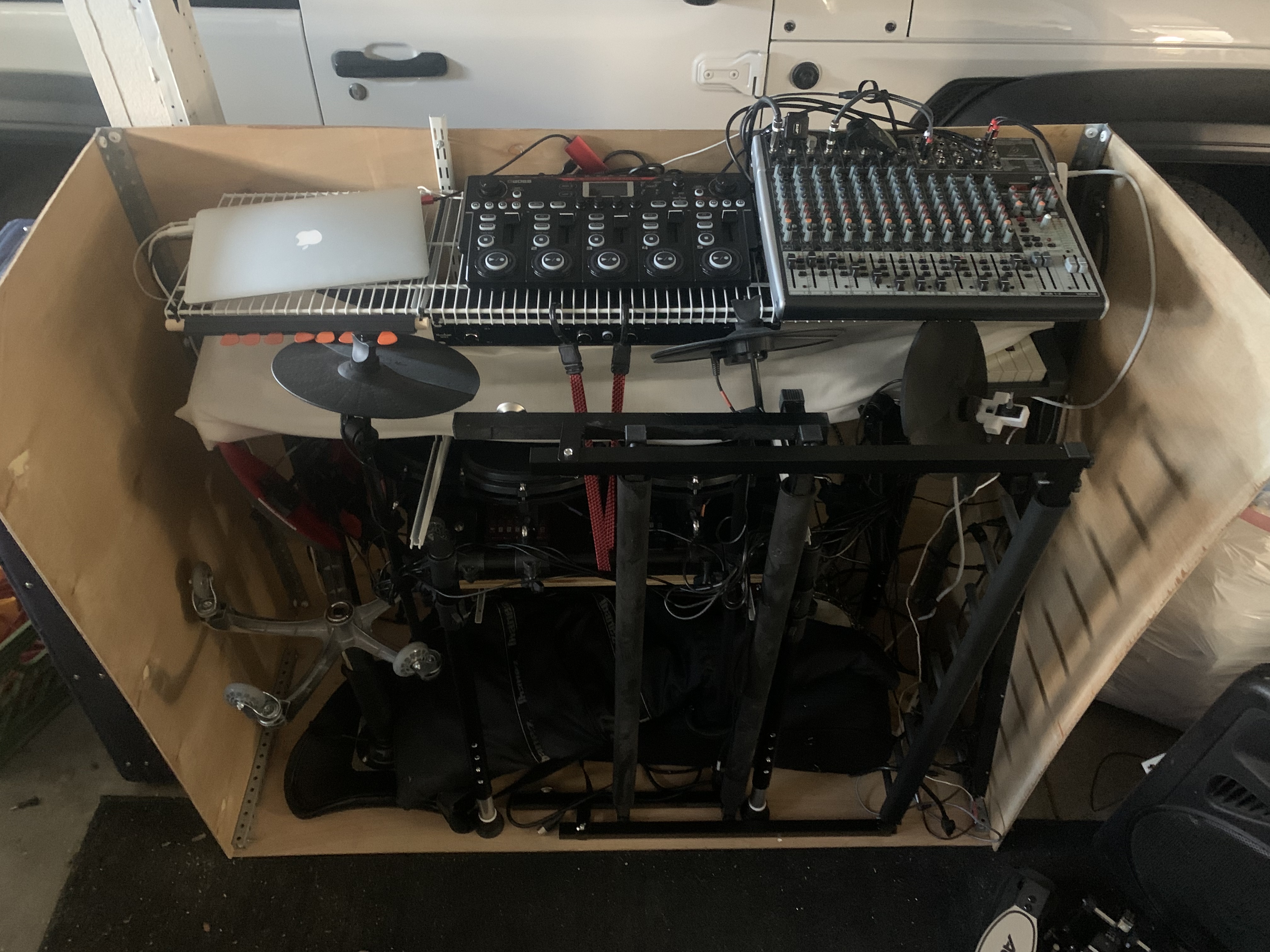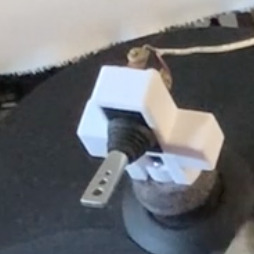Police Light Bar Schematic Diy Police Light Bar
I have gotten a few comments asking for the schematic for the circuit that I used for the police light bar. You can check out the original blog story here: http://blog.freddythunder.com/making-a-police-car-for-independent-films/. It even has a cool video!
I have yet to make a film projects with it, but I did get to mount the magnet mounts to the bottom and stick it to an Impala to see what it looks like. Doesn't look bad!

Basically, the 556 chip is two 555 timers in once casing. The way I'm using it here is I have both sides set up to blink an LED. But instead of blinking two LEDs, one for each side, I have the first 555 (pins 1-6) turning on and off the other 555 (pins 8-13). C1, is a smoothing capacitor which makes the switching on the 555 quicker - I had a lag on half of it where it would seem to ramp-up to turn on. R2 and R3 control the speed of the timers (along with C2 and C3, however, I just adjusted the resistor sizes). The 68K ohm controls the on and off of the other side, while the 470 ohm flashes the LEDs much quicker when the second half of the 556 is turned on. You can also replace both of these with some potentiometers so that you can adjust the circuit as it operates.
Then to use a larger current on the output, I had originally used a darlington pair of BC547 (or other) smaller resistors, but wound up using (and really liking!!) the TIP31 transistor. It can handle 3 amps of current and is about 75 cents. Just be cautious to use a heat sink. I just burnt my finger on one tonight when I was powering a motor from my arduino - blog post to come.
This very short article is very helpful with running higher current via a chip that cannot handle high current:
http://www.555-timer-circuits.com/increasing-output-current.html
Comments
Categories
- Stupid Stories 64
- On My Commute 31
- Computer Programming 21
- Italian Dual Citizenship 11
- Food 8
- Black Lives Do Matter 8
- The Beast 6
- Quick Projects 5
- Playing Out 5
- Not So Stupid Stories 5
- Movies I've Made 4
- Scams 3
- Old Man Rants 2
- Making Movies 2
- Programming Tutorials 2
- The Robot Sbot 2
- Film Projects 2
- Rental Car Reviews 1
- Other's Music 1
- 3D Printing 1
- My Original Music 1
- Ryvid Anthem 1










